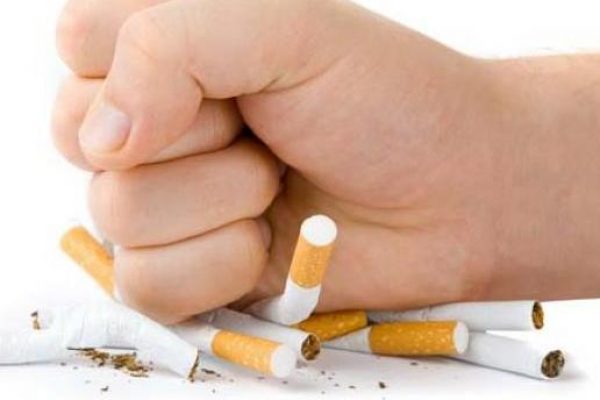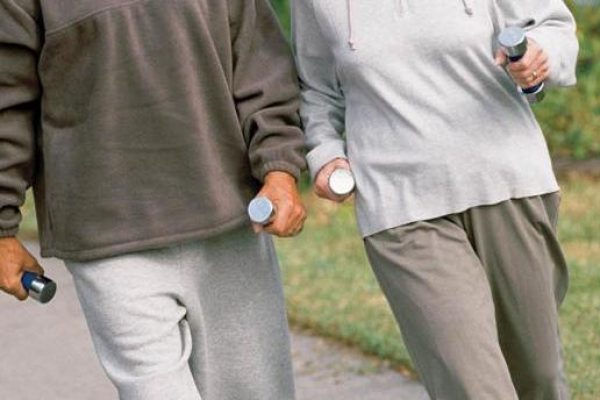Due to their addiction to nicotine, cigarette smokers are running the risk of getting lung cancer, heart disease and emphysema. This is not only in regular smokers, but in those who are breathing in second hand smoke for even brief periods of time. It doesn't seem to make sense that people see this and do not even try to quit.
Tobacco smokers often get lung cancer and rarely the cancer is killed off with treatment, but often just comes back again later. COPD (chronic obstructive pulmonary disease) has become quite common, with about 16 million people in the U.S. suffering from the disease. Wheezing and being out of breath are common symptoms. Some don't even know they have the disease. This is not really what we want our golden years to be.
E-cigarettes offer the smoker a new and different way of getting their nicotine fix. Though it increases blood pressure and speeds up your heart beat (like smoking standard cigarettes), it doesn't deliver the harmful chemicals or tar that regular cigarettes do. This is a step in the right direction. Smokers can cut down on nicotine by using if they choose to work on quiting this way. This does mean that the smoker is still getting the addictive drug, nicotine.
The American Cancer Society says that there is no proof that the e-cigarettes are more healthful or that they provide much help to those trying to stop smoking completely. The ACS also stands by the fact that there is no safe cigarette product. Alternative nicotine products are not yet taxed or regulated.
Nicotine gum and patches are an option, but they don't seem to give the smoker the actual smoking ritual. So these often cause the smoker to fail in their attempts to quit. And this is one reason a lot of smokers are going to the electronic cigarette.
The World Health Organization and The Centers for Disease and Control both feel that tobacco is the most preventable risk to human life in most of the developed countries. Many programs have been created to put the word out on the harm that cigarette smoking will do. It is up to each individual to chose to have a healthy life, or one full of chronic and potentially fatal health disorders.










